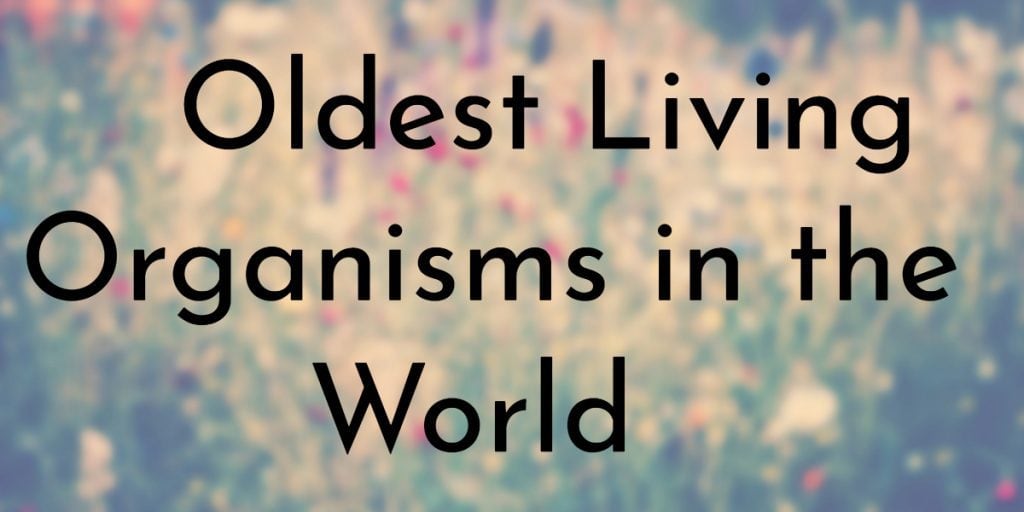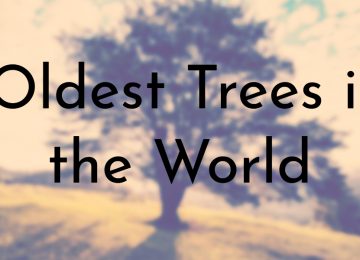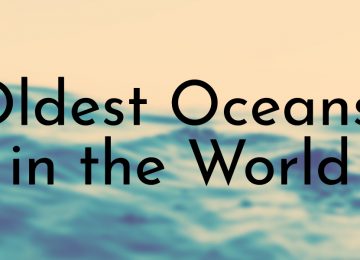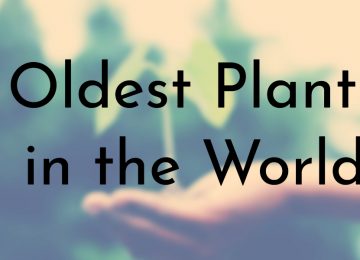Since the oldest living people only reach about 120 years of age, it can be hard to believe that other organisms can live longer. Although reaching 100 years is impressive for a person, compared to other organisms, 100 years is just a drop in the bucket. Remarkably, there are several organisms still living around the world that are thousands of years old. However, there are organisms that push the limits of aging are are millions, even hundreds of millions, years old.
These prehistoric organisms have survived by either entering a dormant state and being revived, having extremely slow metabolisms, or cloning themselves to extend its lifespan. The discovery of all of the organisms on this list have led to advancements in scientific research and provide further insight into the Earth’s history.
9. Box Huckleberry
Age: ~13,000 years
Location: Losh Run, Pennsylvania, USA
Species: Gaylussacia brachycera
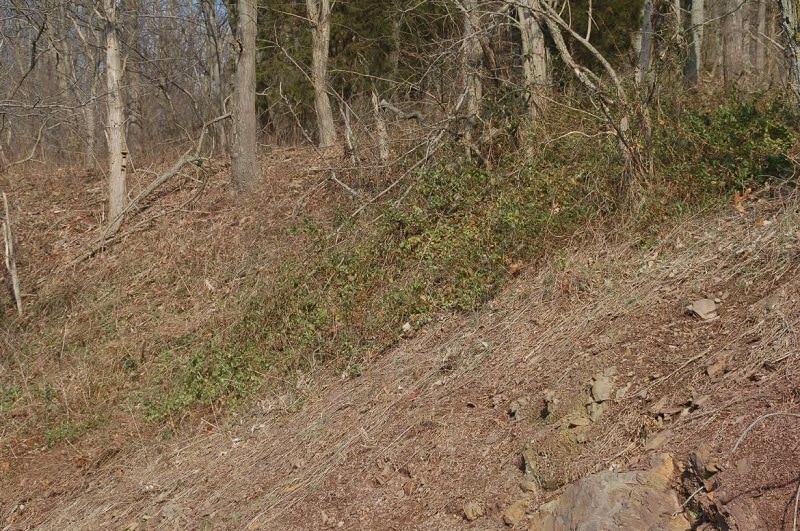
The box huckleberry is a rare plant native to North America that is related to blueberries and other huckleberries. Due to its scarcity and near extinction during the last ice age, the box huckleberry is relatively unknown. The discovery of a massive box huckleberry colony in 1920 by Harvey Ward brought the box huckleberry into the spotlight.
This colony, now known as the Losh Run box huckleberry plant, was surveyed to be about 6,500 feet long. The age of box huckleberry plants is determined by its size, and the Losh Run colony is estimated to be about 13,000 years old. At the time of its discovery, the Losh Run box huckleberry was the oldest living organism in the world. Unfortunately, much of the Losh Run colony was destroyed in the 1970s due to road construction, but small pockets of the colony still remain. Today, other box huckleberry colonies are protected so that the Losh Run incident is never repeated again.
8. Jurupa Oak
Age: at least 13,000 years
Location: Jurupa Mountains, California
Species: Palmer’s Oak (Quercus palmeri)
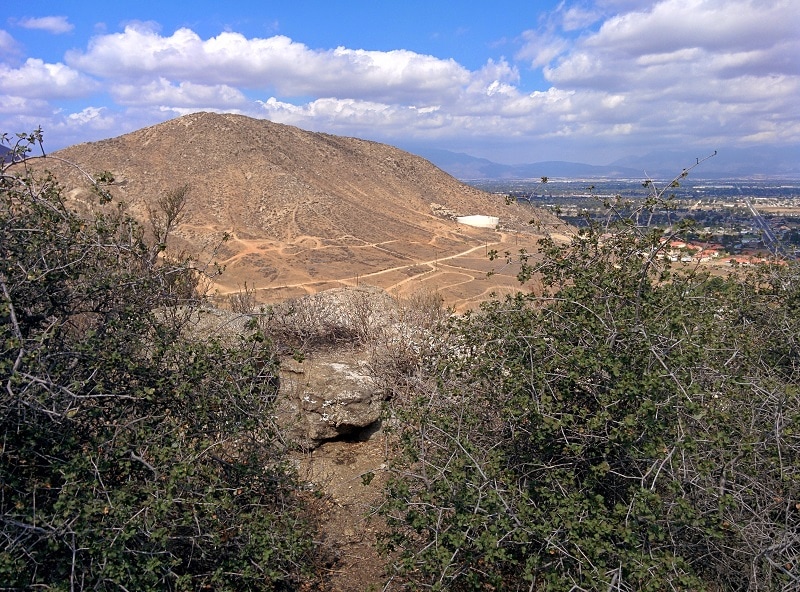
A clonal colony of Palmer’s oak trees in the Jurupa Mountains in California is one of the oldest living plants in the world. The colony, dubbed the Jurupa Oak, is estimated to be at least 13,000 years old. Like the other long-living plants on this list, the Jurupa Oak has survived so long by cloning itself from a single individual.
The Jurupa Oak is found in a narrow gulch between two large granite boulders. It is also located at a much lower altitude and drier climate than most Palmer’s oak trees – which usually prefer mountainous, cooler, and wet climates. The Jurupa Oak has about 70 clusters and even though flowers are present on the plant, it does not reproduce sexually. Researchers have found that the Jurupa Oak only expands after its been hit by fire, resprouting new shoots from the scorched branches.
7. Ice Age Flower (Silene stenophylla)
Age: ~32,000 years
Location: Siberia, Russia
Species: Silene stenophylla
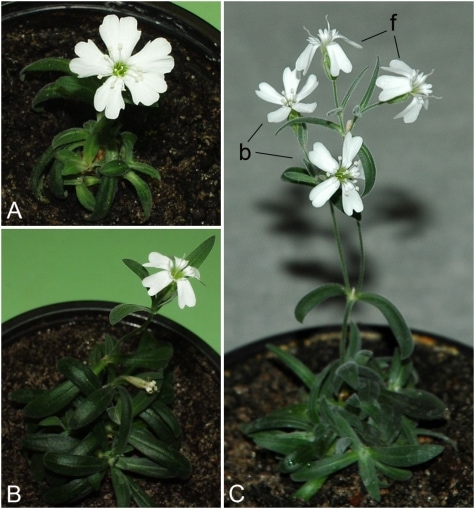
In 2012, a team of Russian scientists was able to revive the 32,000 year old seeds and fruits of the narrow-leafed campion (Silene stenophylla). The team successfully grew a new plant from the Ice Age fruit, which was hidden in a burrow underneath the Siberian permafrost. The Silene stenophylla is currently the oldest plant ever revived.
The revived plant produced white flowers and viable seeds. The Russian scientists said that the regenerated Silene stenophylla looks very similar to its modern counterpart which still grows in the northeastern Siberia. The research team hopes to continue its research in the Siberian permafrost and wants to revive other ancient plants.
6. King’s Holly
Age: at least 43,600 years
Location: Southwest National Park, Tasmania, Australia
Species: Lomatia tasmanica
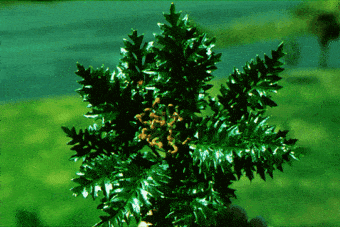
The King’s Holly or King’s lomatia found in the Southwest National Park in Tasmania is the only existing specimen of Lomatia tasmanica in the wild. There are fewer than 500 plants left in a secret location of the park, which are all believed to be clones of a single King’s Holly that is at least 43,600 years old. It is estimated that each individual plant in the colony has a lifespan of about 300 years, but the King’s Holly continues to clone itself.
The remaining King’s Holly has been labeled as endangered by the Tasmanian government’s Threatened Species Protection Act 1995. In order to keep the species alive, an intense breeding program was started at Tasmania’s Royal Botanical Gardens in 2004. Unfortunately, very few cuttings of the King’s Holly have survived. Scientists hope to successfully graft King’s Holly cuttings onto more robust root stock and establish an “insurance population” in case the wild King’s Holly colony gets wiped out.
5. Pando
Age: ~80,000 years old
Location: Fishlake National Forest, Utah, USA
Species: Quaking aspen tree (Populus tremuloides)
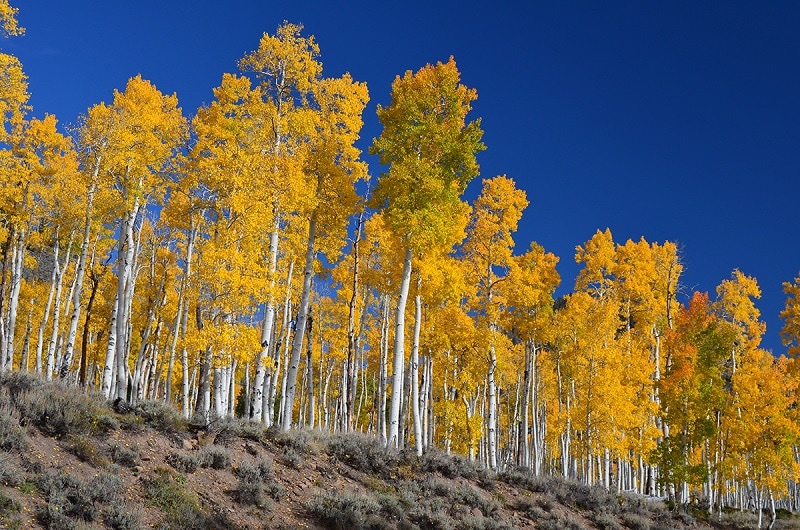
Although Pando or the Trembling Giant appears to be several different trees on the surface, it is technically one single living organism that shares a massive underground root system. Pando is a clonal colony of a single male quaking aspen tree that spans over 43 hectares (106 acres). In addition to being one of the oldest living organisms, Pando is also the heaviest living organism in the world, weighing in at 6,000,000 kilograms (6,600 short tons).
Pando was first discovered in 1968 by researcher Burton V. Barnes, who continued to study the tree through the 1970s. While the roots are 80,000 years old, the average life of one of Pando’s stems (tree trunks) is about 130 years old. Since roots cannot be dated as accurately as tree rings, some researchers claim that Pando might be closer to 1 million years old. Unfortunately, researchers believe that Pando may be currently dying but the United States Forest Service is currently looking for a way to save the tree.
4. Ancient Bacteria
Age: 25 – 35 million years
Location: Extracted from bees encased in amber from the Dominican Republic
Species: Unknown ancient strain
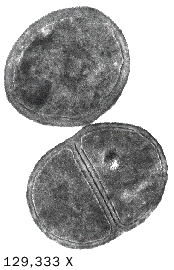
Microbiologist Raul Cano appears twice on this list due to his notable contributions in reviving ancient organisms. In 1995, Cano and his team were the first scientists to extract and successfully revive ancient bacteria. The bacteria spores were recovered from ancient bees that were encased in amber from the Dominican Republic.
At time time, no one believed that Cano was able to bring 25 – 35 million year old bacteria back to life. To prove his claims, Cano and his team spent three years testing and retesting their process before publishing their findings. The ancient bacteria found in the prehistoric bees are similar to the microbes that live in the gut of present-day bees.
3. Ancient Yeast
Age: 25 – 45 million years
Location: Extracted from amber from Myanmar
Species: Saccharomyces cerevisiae
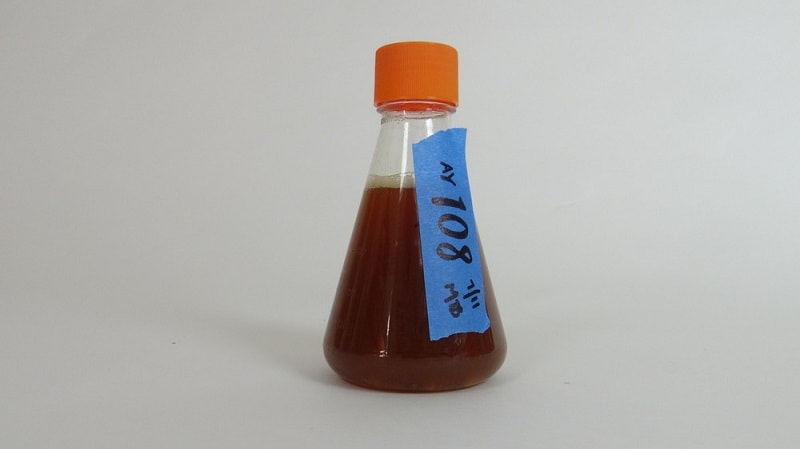
The story of microbiologist Raul Cano and the ancient yeast he extracted from amber that came from Myanmar sounds a lot like science fiction. In fact, Cano first announced that he extracted DNA from an ancient Lebanese weevil entombed in amber a day before Jurassic Park was released in 1993.
After Cano unsuccessfully tried to turn ancient bacteria into new antibiotics, he turned to what he calls the great grandfathers of modern brewing yeast. Cano was able to isolate this ancient yeast and decided to brew beer with it. Along with business partners Chip Lambert, Joe Kelley and Scott Bonzell, Cano established the Fossil Fuels Brewing Co. in 2008. The company mostly sells its beer in Northern California and people who have tried the beer say it has a unique taste.
2. Ancient Endoliths
Age: possibly 100 million years
Location: A mile and half beneath the ocean floor
Species: Various bacteria, fungi, and viruses
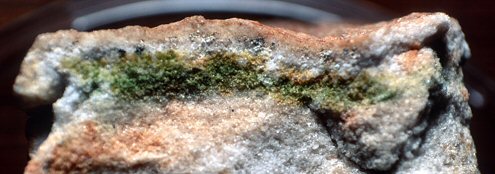
Endoliths are organisms such as bacterium, fungus, lichen, algae, amoeba, or archaeon that live inside rocks, coral, or animal shells. In 2013 researchers working with the Integrated Ocean Drilling Program (IODP), presented findings that suggest some endoliths are millions of years old. They collected sediment samples from a mile and a half beneath the ocean floor that contained bacteria, fungi, and viruses.
According to their research, this sediment was approximately 100 million years old, which may mean that the bacteria, fungi, and viruses could be about the same age. All of the specimens have an extremely slow metabolism which is probably responsible for their longevity.
1. Permian Bacteria
Age: c.250 million years old
Location: New Mexico, USA
Species: Four unknown strains
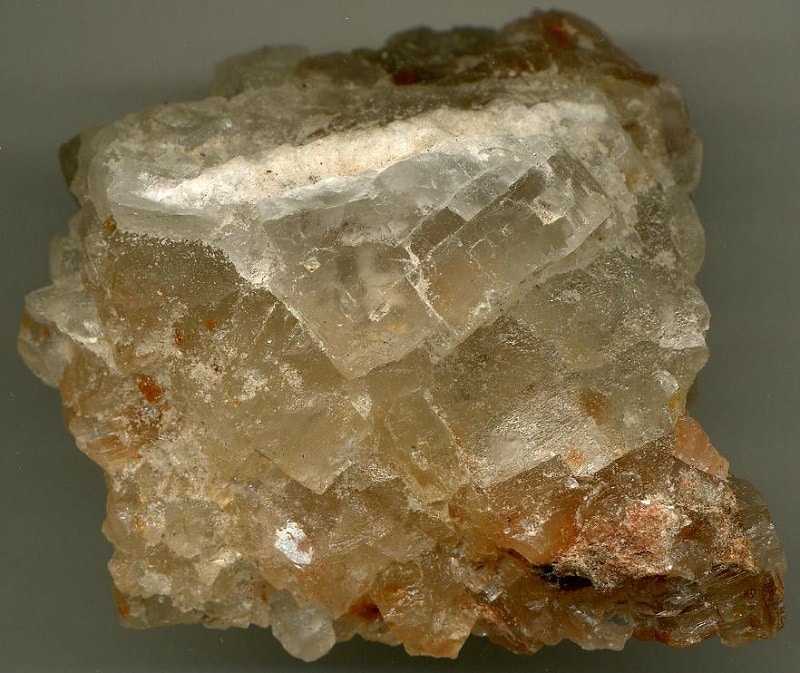
In late 2000, scientists reported that they had revived four unknown strains of bacteria from the Permian era, about 250 million years ago. These Permian bacteria are now considered the oldest living organisms ever discovered in the world. The bacteria have been laying dormant in the Permian Salado Formation in a large cavern near Carlsbad, New Mexico.
The scientists collected rock samples and took them back to their lab where they discovered the spores of bacteria. After three months of careful culturing under the most sterile conditions, the scientists successfully brought four strains of bacteria back to life. At the time of the report, all four strains of bacteria had not been properly identified.


